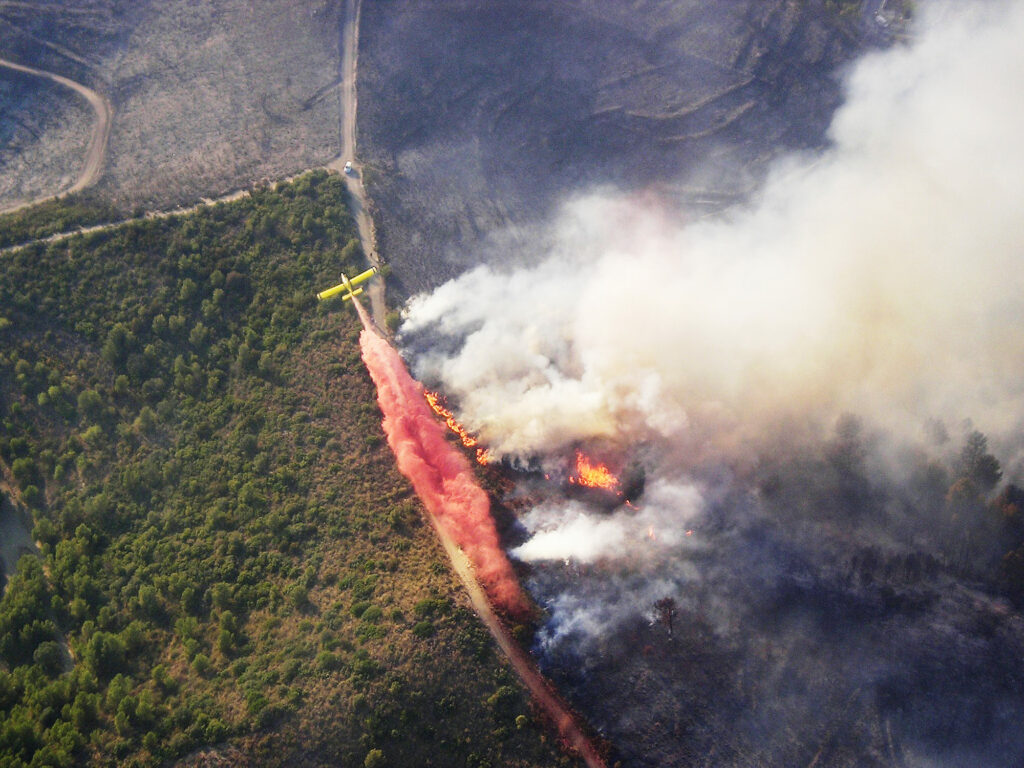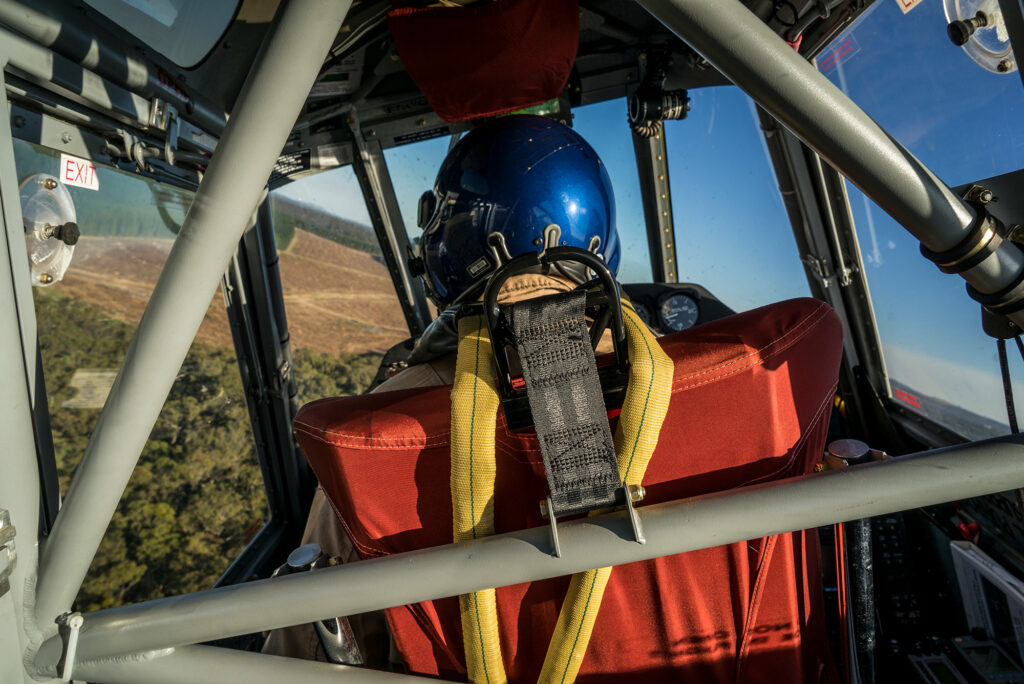Rapid Response
Minutes lost put people and property at risk.
Rapid, direct and reliable initial response is changing the way wildfires are fought across the globe. Versatile, cost-efficient aircraft such as the Air Tractor AT-802F are the ideal ally in this battle. It’s easy to see why:

Because it can be operated from remote airstrips or even dirt roads, the AT-802F offers unmatched short response times. It arrives over the fire faster and stays in the air to fight longer, while dropping up to 14,000 gallons per hour, per plane.
A powerful Pratt & Whitney PT6A-67AG turbine engine allows the AT-802F to ferry between the fire and the airfield at speeds approaching 175 knots (200 mph). Swift transit times paired with the flexibility to operate from remote airstrips, dirt roads, or small airports near the fire, allow the AT- 802F to make an impact on a fire very rapidly.
Because the AT-802F needs as little as 1,000 yards of runway, it’s easy to stage from temporary bases close to the fire line. The aircraft’s high-volume, 3-inch loading system reduces turnaround times. In as few as five minutes, an AT-802F can take on a full 820-gallon load, return to the air, and back to the fight.

Once it’s over the fire line, the AT-802F can slow things down and deliver its payload low, slow, and right where it’s needed. Drop accuracy with an AT-802F can be much better than with LAT or VLAT aircraft which must fly faster and at higher altitudes. The AT-802F’s maneuvering agility, speedy climb rates, and compact size make it ideal for mountainous terrain, narrow flight corridors, and wildland-urban interface areas. This maneuverability also makes the AT-802F well suited for supporting large, higher-flying air tankers, closing retardant gaps, and making drops along ridgelines and into areas where larger aircraft can’t go.
Low operating cost, fuel efficiency, and extended operating range also make the AT-802F an ideal air asset for patrol duty – and immediate response – on days when wildfire risk is high.
Rapid-response attack aircraft can make a big impact during the most critical stages of a wildfire.